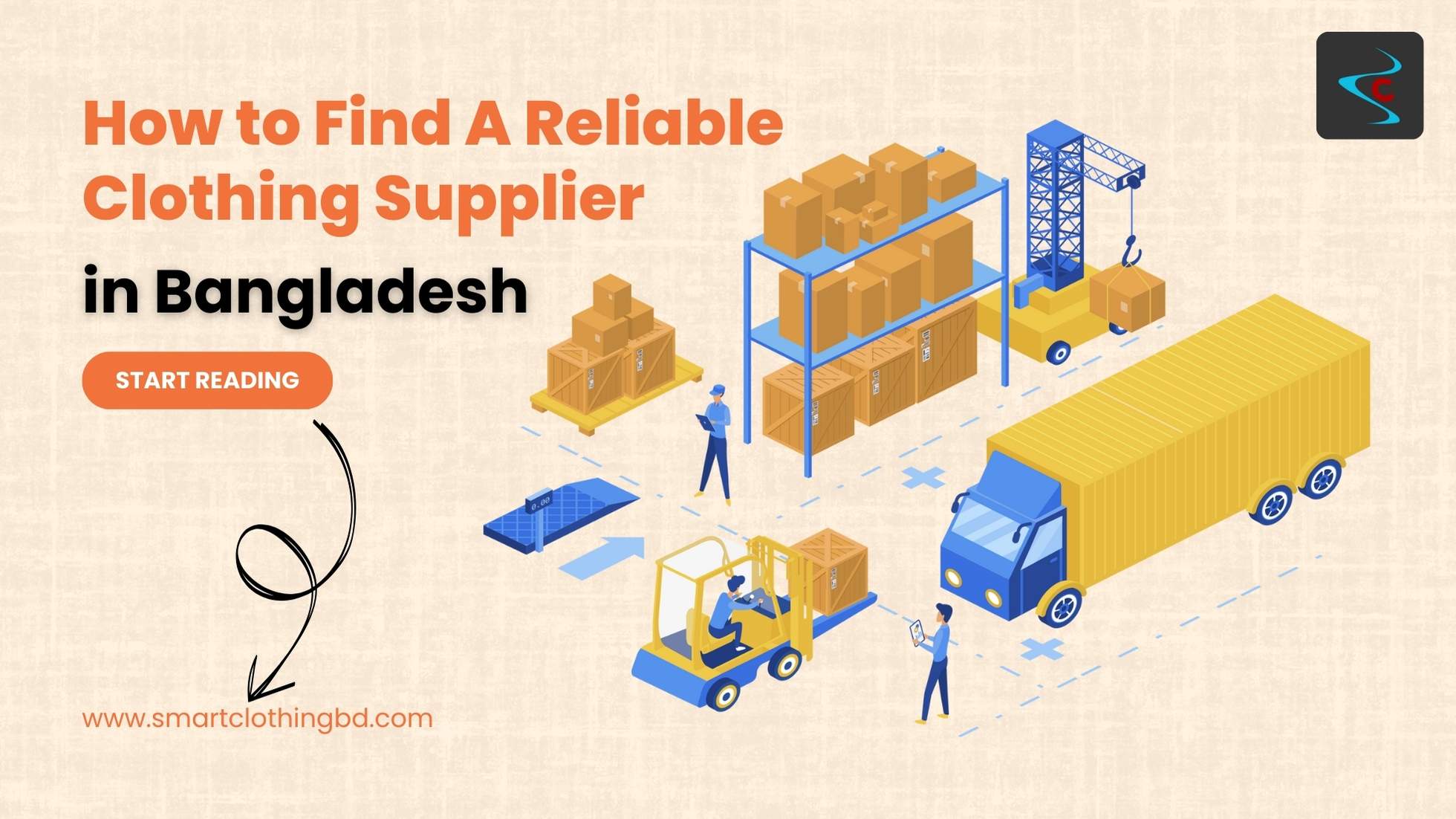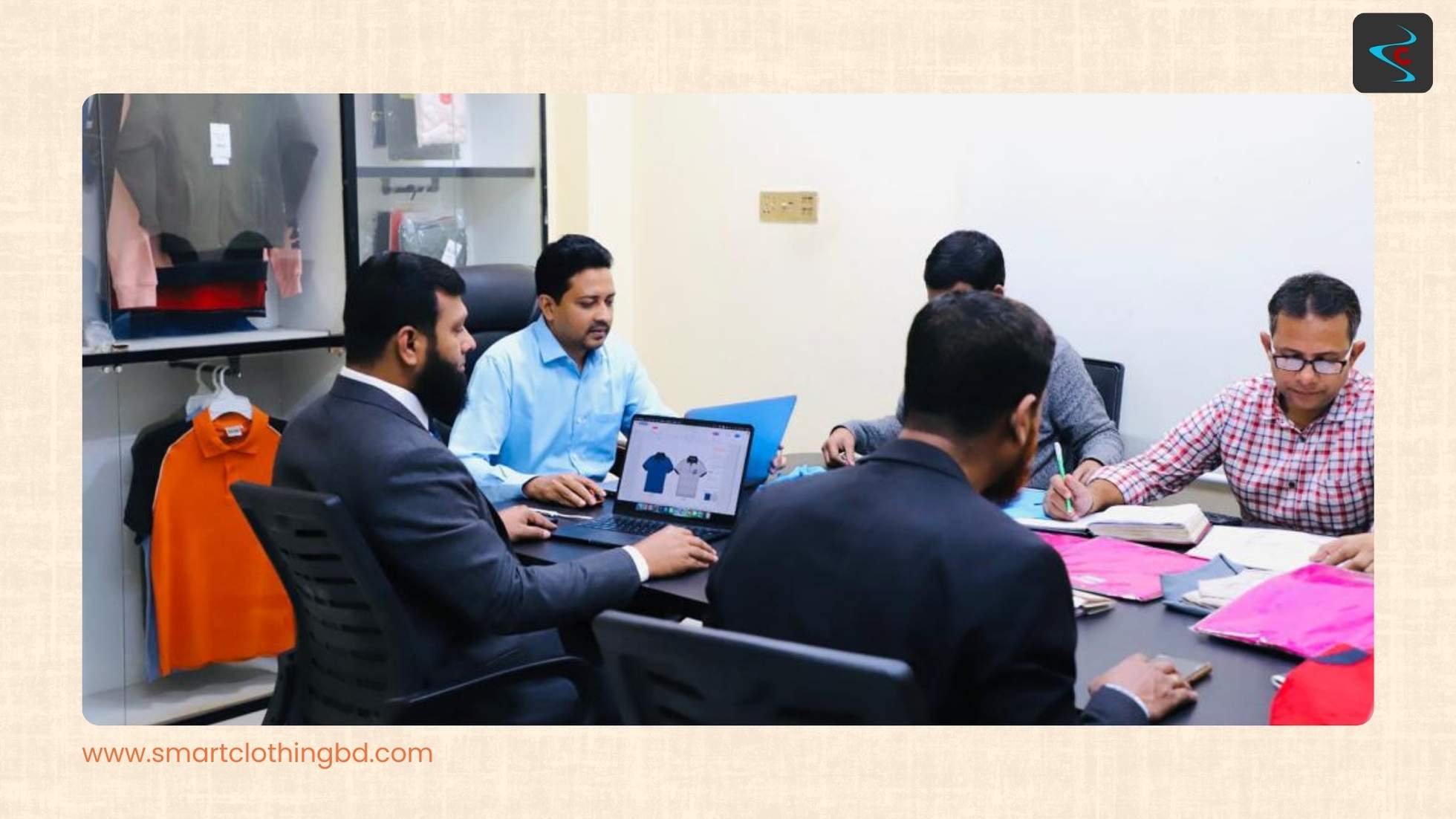
Sourcing clothing from Bangladesh is a smart move for many businesses today — whether you’re starting a private label, running an e-commerce store, or managing a retail chain. With its strong global reputation in the garment industry, Bangladesh offers high-quality production, competitive pricing, and a huge variety of clothing products. But even with all those benefits, one question often trips up newcomers: How can I actually find a reliable clothing supplier in Bangladesh that I can trust??
The answer isn’t always simple. Bangladesh is home to thousands of garment factories and buying houses, ranging from large export houses to smaller, lesser-known units. Some are world-class, while others may not meet your expectations. That’s why it’s so important to follow a thoughtful process — not just picking the first name on Google or trusting someone because they seem friendly over email.
Know What You’re Looking For — Be Specific
Before diving into your search, take a moment to get crystal clear on your needs. Many buyers waste time talking to the wrong type of supplier simply because they haven’t defined their requirements upfront. Ask yourself: Are you looking for basic cotton t-shirts or high-performance activewear? Do you need blank garments for printing, or fully customized styles with your own labels and packaging?
It also helps to think about order quantity. Some factories in Bangladesh work only with high-volume orders — often 5,000 pieces or more per style. Others, especially apparel buying houses or smaller manufacturers, are more flexible with minimums. When you know what you want in terms of product, material, customization, and volume, you’ll be in a much better position to filter out unsuitable options early on.
Understanding the Supplier Landscape
Not every garment supplier in Bangladesh is the same. In fact, the industry is made up of a few key players — each serving a different kind of buyer, such as OEM, ODM, or private label brands.
You’ve got manufacturers who own and run production units, ideal for buyers looking for full control and better prices on bulk orders. Then there are buying houses or sourcing company, which act like project managers. They don’t always own factories, but they work with several — coordinating everything from fabric sourcing to shipping. For new buyers, especially those placing small or varied orders, this can be a real advantage.
And of course, there are trading companies and wholesalers, who may offer stock items with little to no customization. These are useful when speed matters more than personalization.
Knowing who you’re dealing with — and what type of supplier fits your goals — is an important step that’s often overlooked.
Where to Begin Your Search
Once you’re ready to look for a supplier, your first instinct might be to type something like “t-shirt manufacturer in Bangladesh” into Google. That’s a perfectly fine place to start. But remember, search rankings don’t always reflect reliability. Instead of clicking the first link you see, dig a little deeper. Visit websites, look at product galleries, check for company registration details, and see if there’s any mention of certifications like BSCI, WRAP, or OEKO-TEX.
Platforms like Alibaba, Fibre2Fashion, and Global Sources also list many Bangladeshi suppliers — some verified, some not. If you prefer a more human touch, LinkedIn can be surprisingly effective. Many factory owners and sales managers in Bangladesh are active there, and reaching out directly can lead to more honest conversations.
Trade directories like BGMEA (Bangladesh Garment Manufacturers and Exporters Association) are also a great resource if you want to confirm a factory’s credentials.
Checking for Red Flags — and Green Lights
Now comes the part that really separates the professionals from the risky bets: vetting your supplier. It’s easy to get excited when someone responds quickly and sends nice pictures, but take your time to ask the right questions. Find out how long they’ve been in business. Ask what other clients they’ve served. If possible, request references or client testimonials.
A good supplier will be transparent about their production capacity, lead times, and payment terms. They won’t hesitate to send samples or discuss quality control procedures. Be wary of vague answers, unprofessional communication, or overly low pricing — these can be warning signs.
For larger orders, consider working with a third-party inspection agency. Services like SGS, Bureau Veritas, or QIMA can inspect your goods before shipment to ensure quality meets your standards.
Trial Orders: Small Steps First
Even when a supplier looks great on paper (or on screen), the smartest thing you can do is start with a small order. Think of it as a trial run — a way to test quality, communication, and delivery timelines. It also gives the supplier a chance to understand your expectations.
If everything goes well, you’ll have more confidence scaling up. If not, you’ll have saved yourself from a much bigger disappointment.
When in Doubt, Use a Buying Agent

If you’re sourcing from Bangladesh for the first time and feel unsure about navigating the process alone, there’s no harm in working with a buying agent or buying house. Think of them as your eyes and ears on the ground. They can visit factories, check raw materials, oversee production, and manage shipping — all while keeping you updated.
While you will pay a service fee or commission, a good agent can save you time, money, and stress — especially if you’re not planning to visit Bangladesh in person.
Quality Over Price, Always
One common mistake buyers make is choosing the supplier with the lowest price. While cost is definitely important, it should never be the only factor. Remember, your customers will judge you by the quality of the products you deliver — not how cheap they were to make.
Reliable suppliers may charge a bit more, but they’re also more likely to meet deadlines, maintain consistent quality, and communicate clearly when issues arise. In the long run, that peace of mind is worth every penny.
A Final Word
Bangladesh is full of opportunity when it comes to sourcing clothing. The country’s garment industry is well-established, with a strong track record of serving brands both big and small. But like any market, it has its fair share of challenges. The key to success lies in being informed, asking the right questions, and starting small.
The good news? Once you build a solid relationship with a reliable supplier, you’ll have a strong partner who can grow with your business for years to come.
If you want to go deeper, our Importing Clothes from Bangladesh Guide covers shipping, production timelines, and more practical tips to help you on your journey.